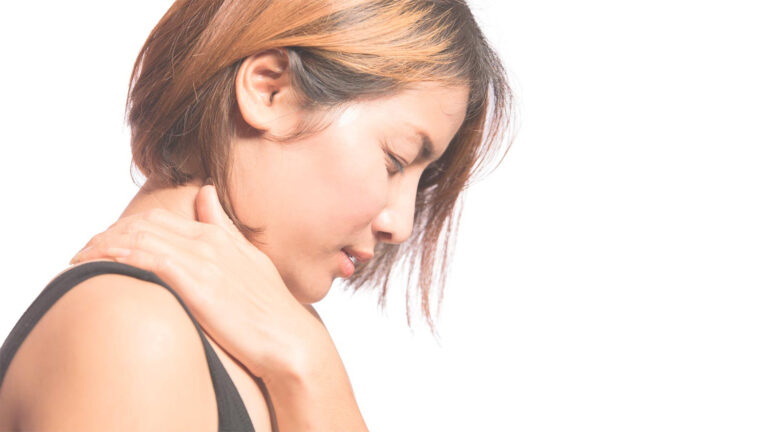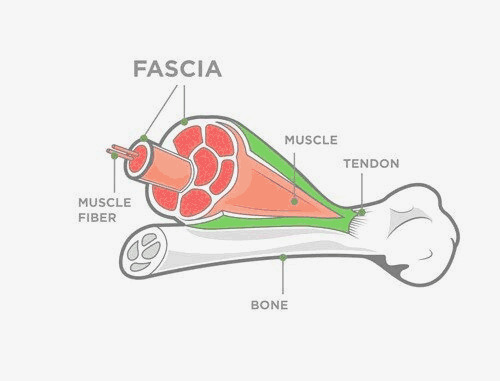Understanding Myofascial Pain

Understanding Myofascial Pain: What Is It And How Does Acupuncture Help?
What is Fascia and Myofascial pain?
- Fascia generates 30-40% of muscular power
- Chains of fascia called fascial slings help stabilize our bodies during movements such as walking, jumping, running, lifting, and throwing
- Fascia contains sensory cells that monitor muscle movement and contraction
- Fascia transfers force to and from nearby muscles

How Does Myofascial Pain Occur?
- Repetitive movements that overwork part of the body (often experienced in an occupational context with hairstylists, estheticians, massage therapists, etc.)
- Sedentary lifestyle with little physical activity
- Physical trauma like injury or surgery
- Emotional trauma
- Stress and tension
How does acupuncture help myofascial pain? A technique called trigger point acupuncture.
Acupuncturists have been treating hyperirritable bands of fascia for centuries. Originally ashi points were used, first recorded by Sun Simiao in his Tang Dynasty, Qian Jin Yao Fang (Thousand Ducat Formulas). In the modern era, acupuncturists utilize the knowledge of ashi points and incorporate present-day anatomical and physiological knowledge to address myofascial pain in clinical practice. You will commonly hear this referred to as trigger point acupuncture.
To relieve fascia pain, the tight muscle fascia surrounding the muscle needs to relax. The way that acupuncture addresses this is by eliciting a twitch response. The muscle twitch is an involuntary action that helps the muscle contract and then release, unwinding the fascia rigid and tight around the muscle. This twitch response also allows more blood, oxygen, and nutrients to flow to the muscle while also relieving tension at the attachment sites, which can cause pain and inflammation.
During an acupuncture treatment, the needle is inserted directly into the belly of the muscle, eliciting the twitch response. Electroacupuncture and cupping may also be utilized to enhance the process and loosen fascia further. In addition to loosening fascia, this type of needling affects the brain, which reduces the perception of pain by the nerves associated with the trigger point. Some common conditions associated with myofascial pain are:
- Neck pain
- Lower and upper back pain
- Tendonitis and bursitis
- Repetitive use injuries
- Facial and jaw pain
- Headaches
- Shoulder and arm pain
- Knee pain
- Hip pain
- Wrist and hand pain
- Ankle and foot pain
- Muscle tightness and soreness
Myofascial Pain is Treatable.
The good news is myofascial pain is very treatable. Treatment often involves a combination of modalities such as stretching, heat, foam rolling, stress management, mindfulness, physical therapy, and acupuncture.
Many people experience occasional muscle tension and pain. If the pain becomes chronic or severe, interferes with sleep, daily activities, or does not alleviate despite efforts to do so, it is important to reach out to your medical providers. There are many treatment options available, and you don’t have to live in chronic pain.
Pain Free Acupuncture specializes in relieving pain using acupuncture and other Traditional Chinese Medicine modalities. If you are experiencing myofascial or muscular pain, schedule an appointment online with Rachel or give her a call at 801-903-3905 to be seen at the clinic. We look forward to helping you live a pain-free life!




